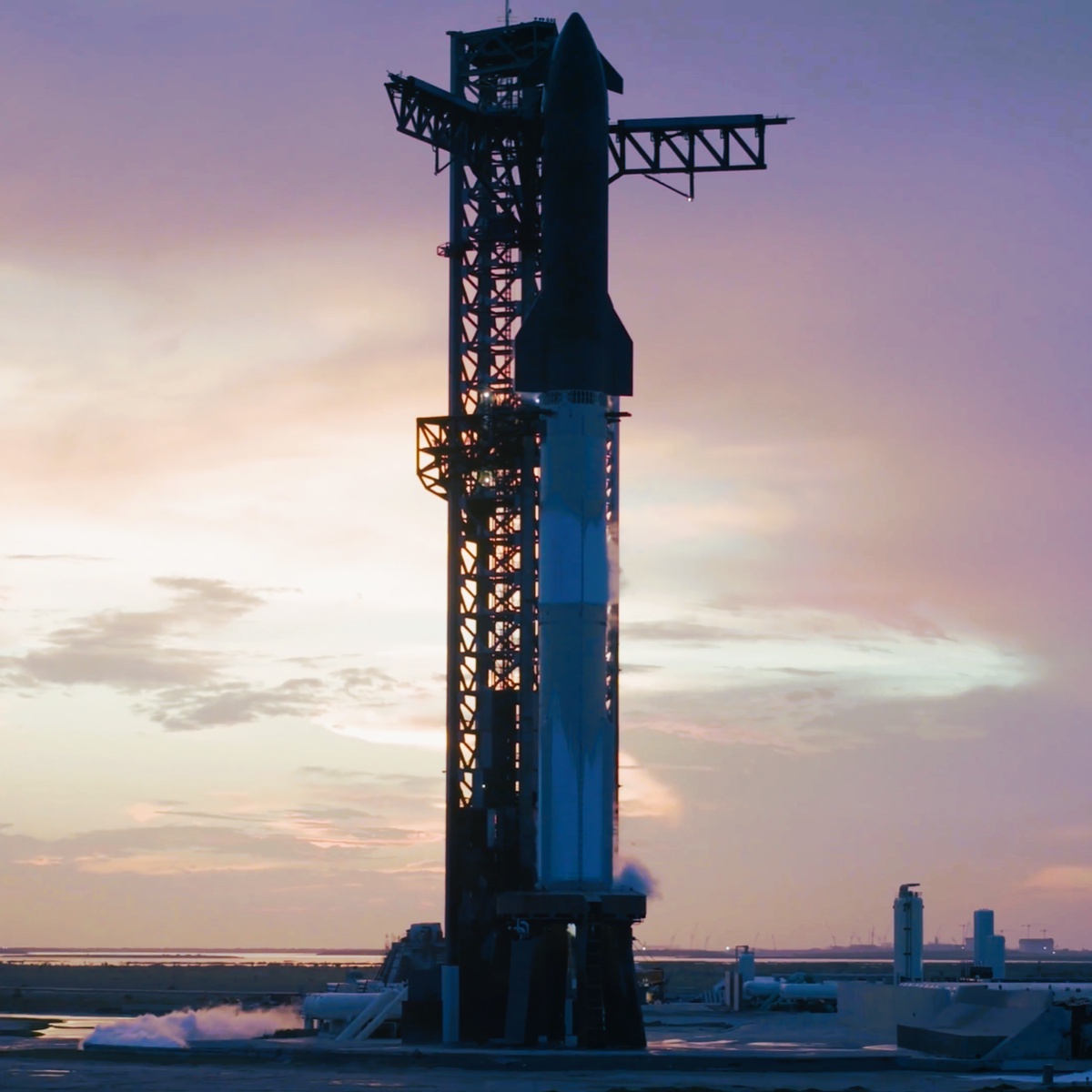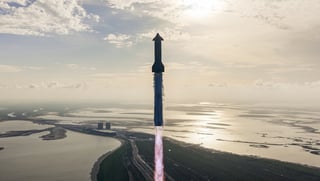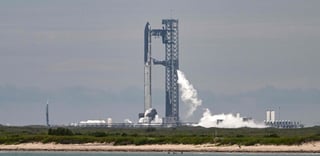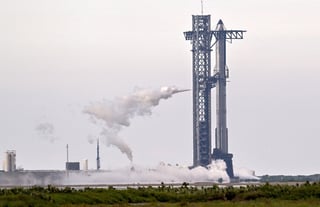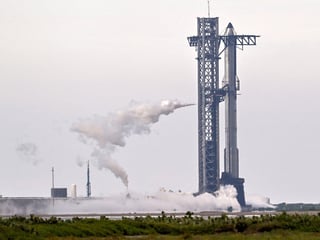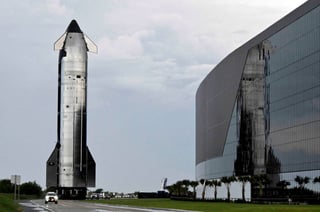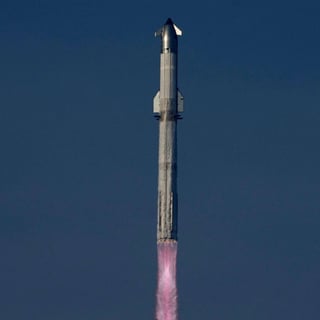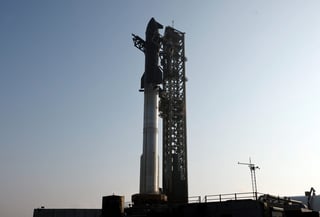Starship is a fully reusable super heavy-lift launch vehicle under development by SpaceX. Standing 120 m (390 ft) tall and with more than twice the thrust of the Saturn V, it is designed to be the tallest and most powerful launch vehicle ever built, and the first capable of total reusability. Partially and fully expendable variants may also be developed. The Starship launch vehicle is made up of the Super Heavy first-stage booster and the Starship second stage. The second stage functions as a self-contained spacecraft for carrying crew or cargo once in orbit. Both stages are powered by Raptor engines that burn liquid oxygen and liquid methane propellants in a highly efficient, full-flow staged combustion power cycle. Both rocket stages are designed to be reused by landing vertically at the launch pad or at a separate platform. In its fully reusable configuration, Starship is planned to have a payload capacity of 150 t (330,000 lb) to low Earth orbit and is designed to be flown multiple times to spread out the cost of the spacecraft. The spacecraft is planned to be refuelable in orbit before traveling to destinations that require more change in velocity (delta-v budget), such as the Moon and Mars. Proposed applications for Starship include regular crewed and cargo launches, building the Starlink internet constellation, and performing suborbital point-to-point flights on Earth. Plans to create a heavy-lift launch vehicle at SpaceX date back to 2005. The methane–oxygen engines were in development by 2012 and the plan was announced publicly for the first time in 2016. The development program for Starship since 2019 follows an iterative and incremental approach, involving frequent prototype construction, testing, and refinement, including low and high-altitude flight tests. As of January 2023[update], no date for the planned first orbital flight test has been announced. From Wikipedia

